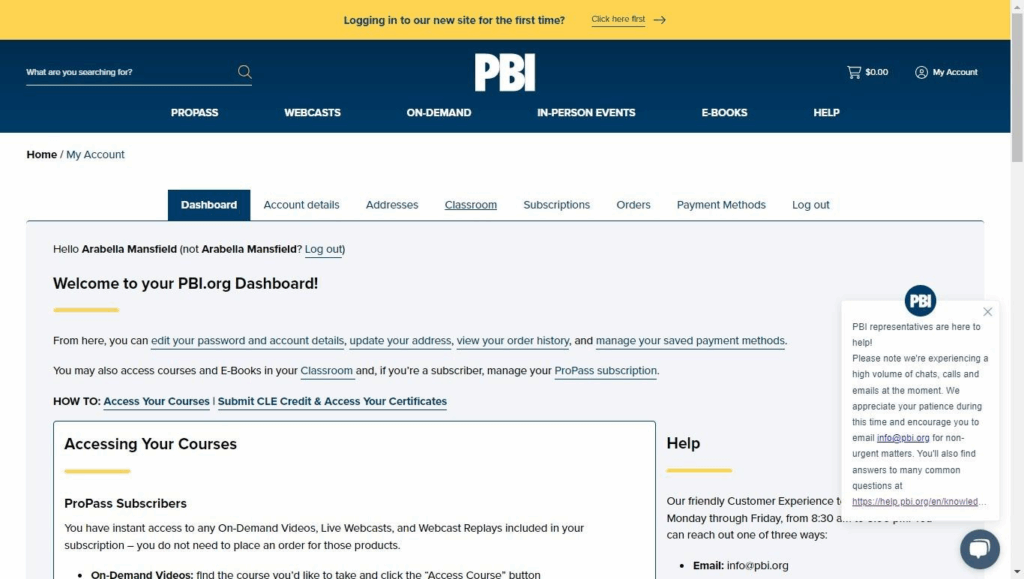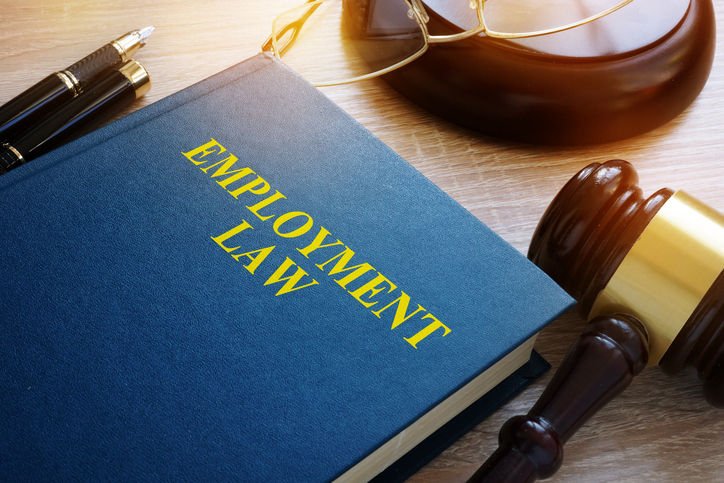The technological shift we’ve experienced in the past few years feels like something straight out of a science fiction movie. Artificial intelligence is changing how we live, work, and even age. From virtual assistants that manage appointments to predictive tools for healthcare monitoring, AI is becoming increasingly present in the lives of older adults.
As with any powerful technology, the use of AI in elder care comes with both promise and risk. As legal professionals who advocate for older clients, it’s your duty to understand AI’s growing role in healthcare, financial management, and more.
If these issues matter to you, make attending the 2025 Elder Law Institute a priority! Join us at the Hilton Harrisburg on July 24 & 25 to explore the timeliest topics in elder law. One session on Day 2, “Smart Homes, Smarter Aging: Leveraging Technology for Elder Independence,” ties well into today’s blog post: how futuristic technology can be harnessed to improve daily life for seniors.
Let’s dive in deeper…

Healthcare Monitoring. AI-powered devices now have the capabilities to monitor health conditions, detect falls, and alert caregivers or medical professionals in real time. The elderly can receive timely care if faced with a scary situation. Predictive algorithms can also help forecast medical events, such as hospital readmissions, enabling patients to seek help earlier.
However, these tools raise important questions about data privacy, liability, and informed consent. If the client has diminished capacity, can they truly consent to AI monitoring? These are the kinds of questions lawyers should be asking as this technology advances with each passing day.
Fraud Detection. Seniors can be susceptible to scams and elder abuse. Luckily, banks and financial institutions are determined to keep up. AI can be used to detect suspicious activity such as unusual withdrawals, spending patterns, or potential scams that could indicate elder financial abuse.
Elder law attorneys must understand how these systems work, as well as their shortcomings. That way, you can be a successful advocate for your clients and set up effective safeguards in estate planning.

Surrogate Decision-Making. While some elders shy away from this new technology, others have fully embraced it. With tools that can analyze data to suggest “optimal” care choices, AI has become a consultant in long-term care planning. This begs the question…who should have the final say in caregiving? A human guardian or a machine-generated recommendation?
Cognitive Support Tools. From medication reminders to conversational companionship, AI-driven virtual assistants can help older adults maintain independence longer. In a world that’s more connected than ever yet plagued by a loneliness epidemic, AI can serve to fill that void felt by many aging adults (though not everyone might get on board with such an idea).
As attorneys work to promote aging-in-place strategies, understanding how these tools support or compromise clients’ privacy, safety, and legal rights is critical.

Despite its many benefits, AI brings with it a plethora of ethical and legal concerns. AI is not always accurate. AI systems trained on biased data might generate flawed recommendations or false facts. There are also a number of concerns when it comes to privacy. Many older adults might not understand what data is being collected or how it’s being used.
Finally, there is a growing concern that artificial intelligence might replace real people. Already, our youth is outsourcing their thinking by relying on ChatGPT to handle their workloads and critical thinking. Many adults in the workforce fear losing their job to AI…and some already have. If tech solutions completely replace human care, instead of supplementing it, that could mean even more isolation and neglect within our senior population.
As elder law practitioners, you must ask: Are AI systems enhancing autonomy…or replacing it? AI is continuing to evolve and it’s your duty to keep up with it. The future of elder law is no longer just about wills and Medicaid—it’s about privacy, autonomy, digital ethics, and safeguarding dignity in a high-tech world.
Don’t forget to join us at the Elder Law Institute in Harrisburg to further deepen your expertise, connect with fellow professionals, and stay ahead of the legal challenges surrounding our aging population. Hope to see you there!





































